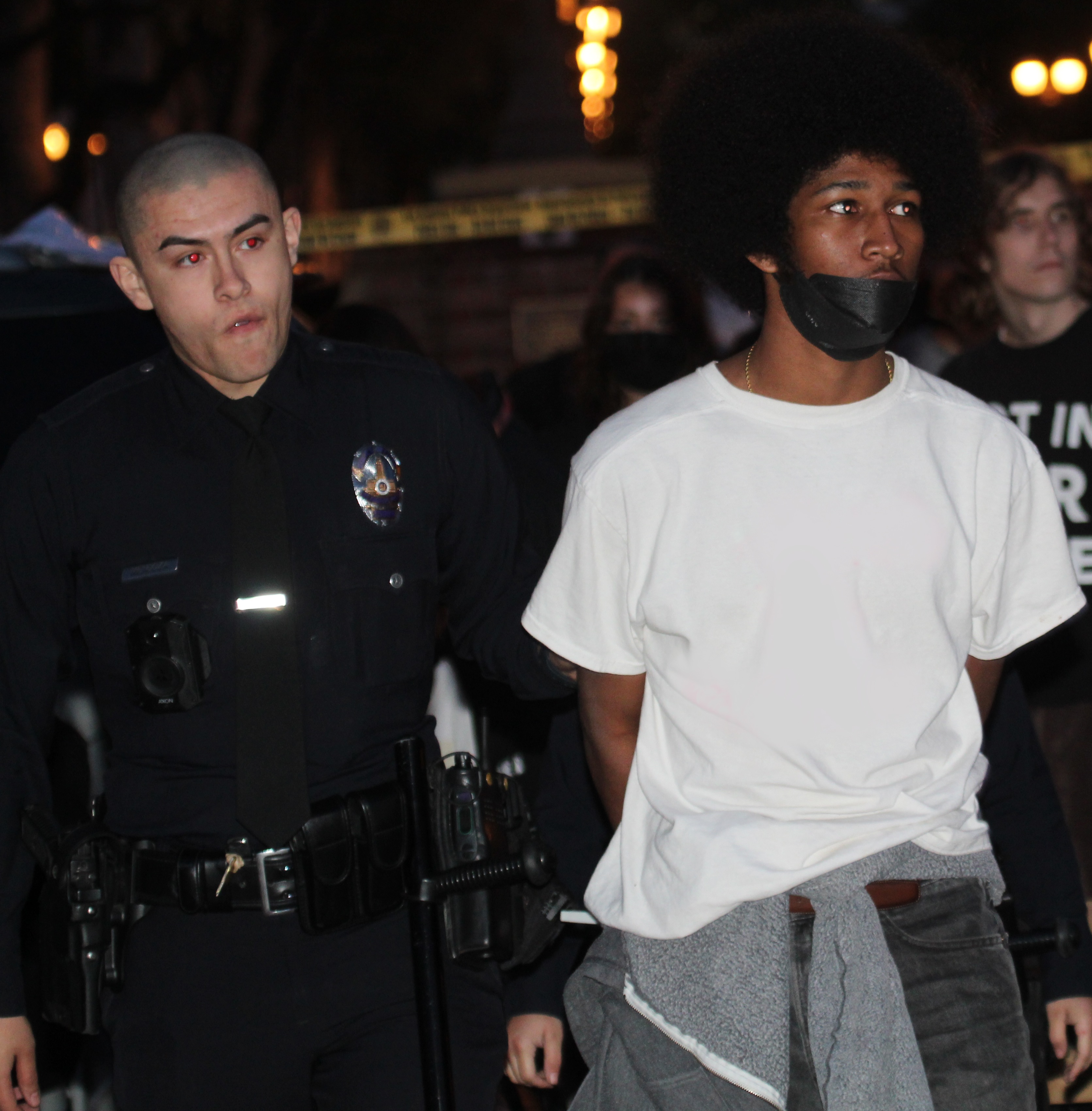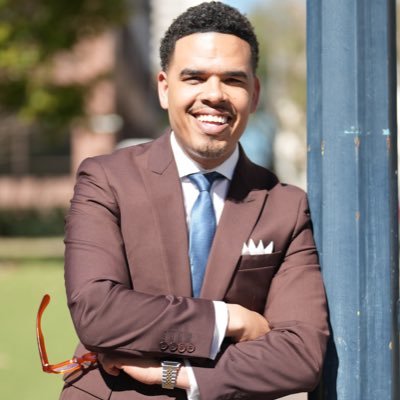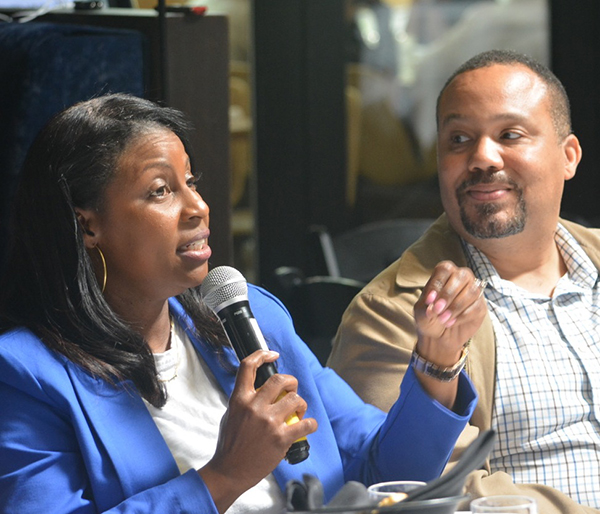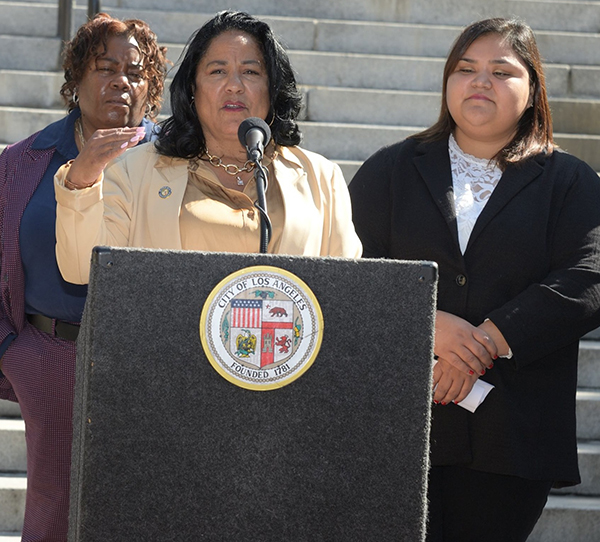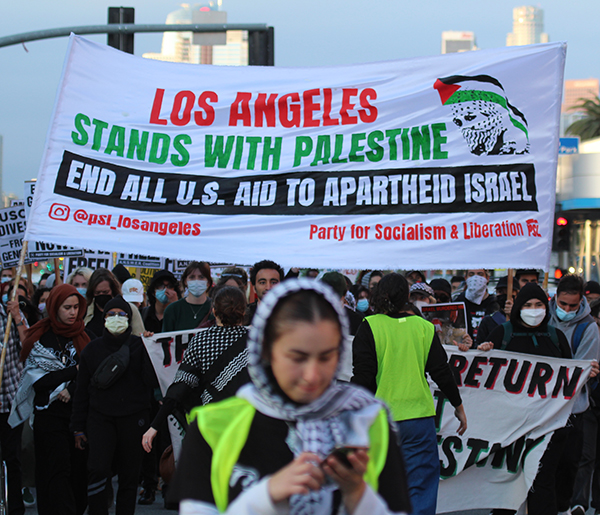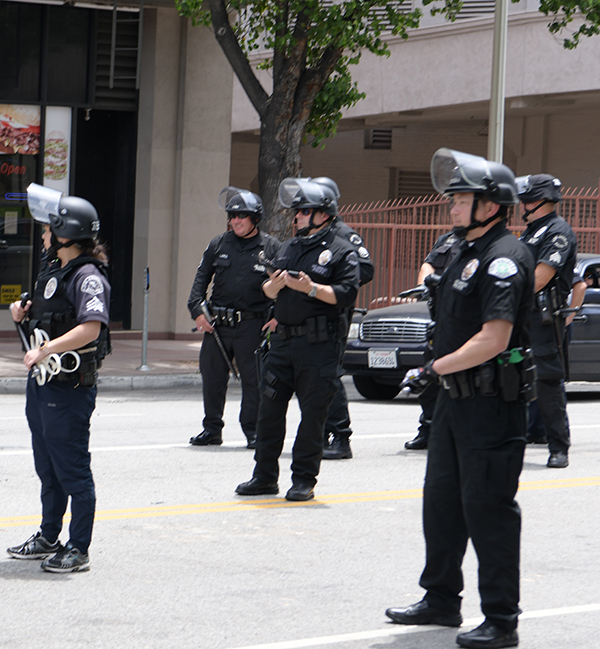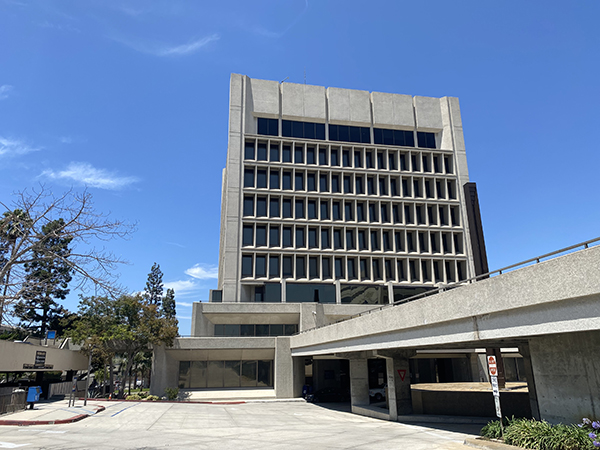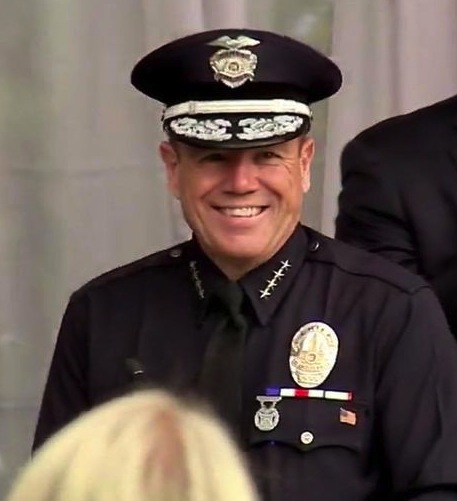By Earl Ofari Hutchinson
Contributing Columnist
One of the worst kept secrets about law enforcement in California, especially Los Angeles, is that local police departments can’t just get rid of bad officers, even when they want to. California has erected some of the toughest barriers to prevent termination of police officers guilty of misconduct, often repeated instances of misconduct.
They are shielded by rigid rules, statutes, civil service protections and uncompromising police unions. The Los Angeles Police Department, with its layers of protective shields, is a near-textbook example of how tough it is to get rid of abusive cops. But that seemingly has changed.
The State Commission on Peace Officer Standards and Training, which certifies officers, now has the power to decertify abusive cops.
Decertification is tantamount to law enforcement employment’s kiss of death for cops. Once their certification is pulled, they are disqualified from working.
That means they can’t play the little musical chairs game of getting dumped from one department for misconduct, then setting up shop in another department. The commission has identified thousands of police officers in the state who fit the label of “bad cops.”
Los Angeles Police Chief Michel Moore now has a powerful legal tool to move quickly to oust any of the bad cops that the commission has identified within the LAPD. The commission presumably can decertify them, so why wait?
Moore, by taking preemptive action, can prove that the department means business about holding officers strictly accountable for their actions. The brutal and checkered history of the LAPD, when it comes to dealing with these types, is a sad testament to a department hamstrung in its efforts to ensure strict, play-by-the-rules law enforcement.
There have been countless reports, recommendations, rule changes, investigations, civilian checks and balances on the LAPD, not to mention Black Lives Matter protests. It’s as if none of these things ever happened, or meant little to nothing in some of the dubious shootings and questionable deaths of civilians. LAPD’s wanton, reckless and outrageous slaying of 14-year-old Valentina Orellana Peralta in December 2021 is one example.
Add to that Keenan Anderson, who died after being repeatedly Tasered by officers last January.
This again rams home the perennially troubling issue of what, when and how officers should use non-lethal force. The overuse of deadly force has come in the wake of historic legislation the state Legislature passed Jan. 1, 2020.
It mandated strict training, accountability and discipline procedures for the use of force. Since the law was passed, however, the number of shootings, some questionable, has not dropped. LAPD shootings have held steady the last couple of years. Even when the LAPD shot fewer people, the death toll from the shootings has remained high.
The one certainty is that they are not isolated cases of deadly force used by the LAPD. Whenever a suspect poses a direct threat to an officer, or an officer responds to a potentially life-threatening incident, he or she can use whatever force is necessary, up to and including deadly force.
In more cases than not this is a strictly subjective judgment call. And, in almost all cases, officers who use lethal force are shielded from prosecution in the absence of iron-clad proof of wrongdoing. No LAPD officer has been prosecuted for the use of deadly force on-duty, no matter how questionable, in many years.
While the use of force levels will, even in the best-case situations, remain a judgment call, there still must be clear policy guidelines that spell out likely circumstances in which non-lethal force can and must be used. There are court rulings that give solid guidance on this.
A sweeping National Institute of Justice study in 2011 on the use of non-lethal force found that injuries to officers and suspects markedly decreased with the use of non-lethal devices like Tasers and pepper spray. It also recommended good policy and training requirements that officers evaluate the age, size, sex, apparent physical capabilities and health concerns of a suspect, in determining what level and type of force to be used.
The state commission that certifies officers and decertifies them almost certainly will recommend that some of these officers they have identified as bad cops be pulled permanently from the line of duty. The question then is: Will those officers who wear the LAPD uniform and are identified as bad cops join the ranks of law enforcement’s unemployed?
Moore can send the right message about accountability and citizen trust by taking immediate action to remove those officers. He’s got the commission’s mandate to act. Now he must use it.
Earl Ofari Hutchinson is an author and political analyst. He is the host of the weekly Earl Ofari Hutchinson Show on KPFK 90.7 FM Los Angeles and the Pacifica Network Saturdays at 9 a.m.

